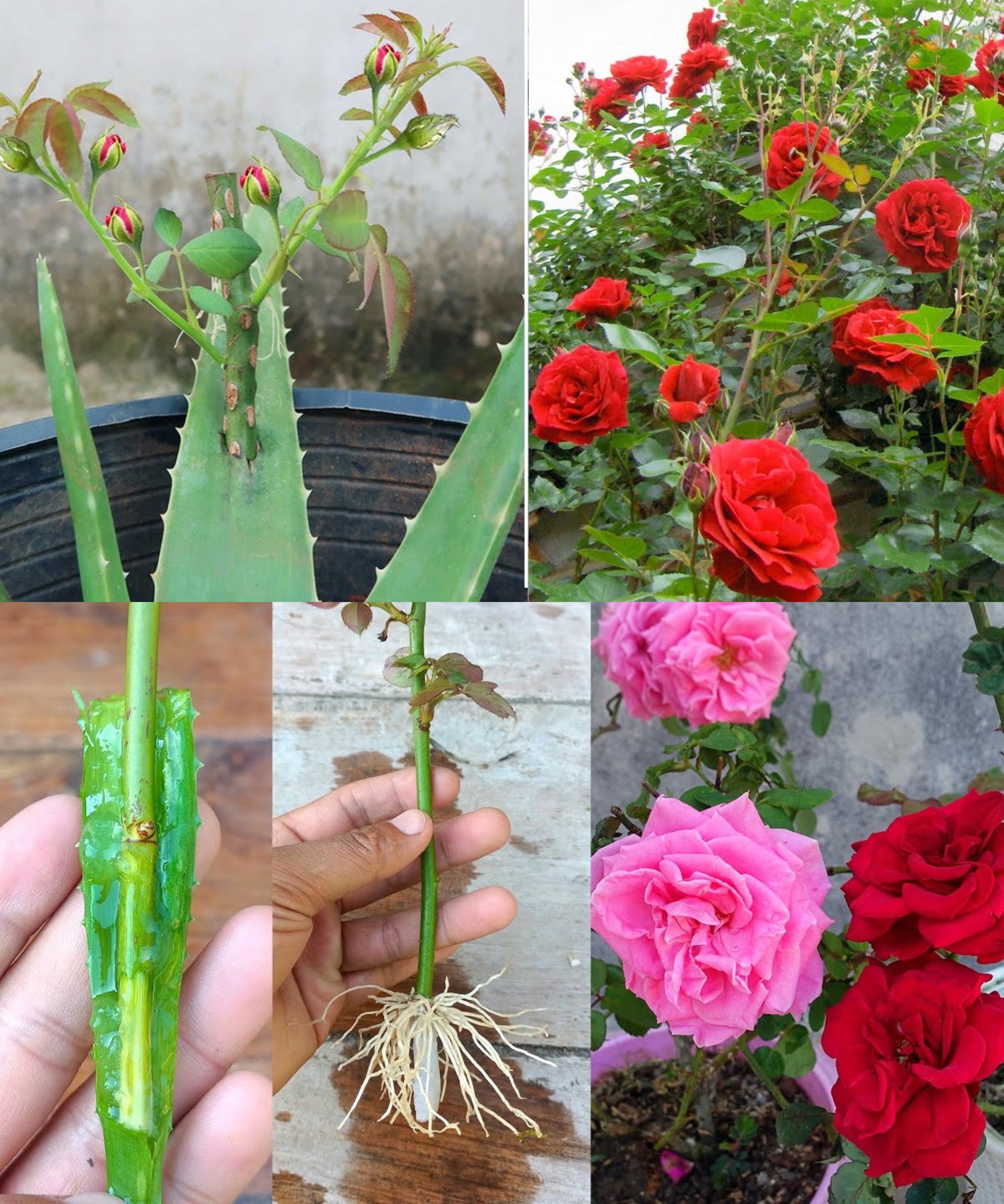Roses, with their captivating beauty and enchanting fragrance, are a timeless symbol of love and elegance in gardens worldwide. However, propagating these delicate flowers may seem like a daunting task to many gardening enthusiasts. Fear not, as we delve into the intricate yet rewarding process of propagating roses, unlocking the secrets to success in this comprehensive guide.
**Choosing the Right Materials**
Before diving into propagation techniques, it’s crucial to gather the necessary materials. You’ll need a healthy rose stem or cutting, preferably from a variety you adore, sharp pruning shears or scissors, a clean container filled with quality soil or potting mix, rooting hormone (optional but recommended), and a suitable location with indirect sunlight for the new plant to thrive.
**Preparing the Cutting**
Begin by selecting a stem with 5-6 healthy leaf nodes (where leaves emerge) and no flowers. Using sharp pruning shears, make a clean, angled cut just below a leaf node. Remove any flowers or buds, as they divert energy needed for root development.
**Trimming and Preparing the Stem**
Next, trim the stem to about 4-6 inches in length, ensuring there are at least two sets of leaves remaining. Remove the lower set of leaves to expose the nodes where roots will emerge. Dip the cut end in rooting hormone to encourage root growth, tapping off any excess powder.
**Planting and Nurturing**
Prepare a small pot or container with well-draining soil or a mixture of peat moss and perlite. Create a planting hole using a pencil or stick and gently insert the cutting, ensuring the nodes are below the soil line. Firmly press the soil around the cutting to provide stability.
**Creating a Mini-Greenhouse**
To create a conducive environment for root development, cover the pot with a clear plastic bag or use a propagation dome to maintain humidity. Place the container in a warm, bright location away from direct sunlight, checking regularly for moisture levels and ventilation.
**Root Development and Transplanting**
Over the next few weeks, monitor the cutting for signs of new growth and root development. Once roots are well-established (usually after 6-8 weeks), gently transplant the young rose plant into a larger pot or directly into the garden, ensuring it receives adequate sunlight and water.
**Nurturing and Maintenance**
Continue to care for your propagated rose with regular watering, sunlight, and occasional feeding with a balanced fertilizer suitable for roses. Prune as needed to promote healthy growth and abundant blooms, and protect young plants from pests and diseases.
**Celebrating Success**
As your propagated rose plant matures and blooms, revel in the satisfaction of nurturing new life and expanding your garden’s beauty. Share your success with fellow gardeners and inspire others to embark on their propagation journey with roses and other beloved plants.
**Conclusion**
Propagating roses is a rewarding endeavor that combines patience, care, and a bit of botanical know-how. By following these steps and nurturing your young plants, you can unlock the secrets of successful propagation and enjoy a flourishing garden filled with the timeless beauty of roses.
